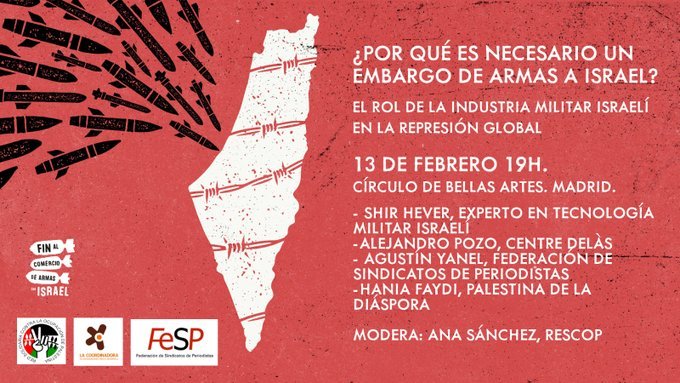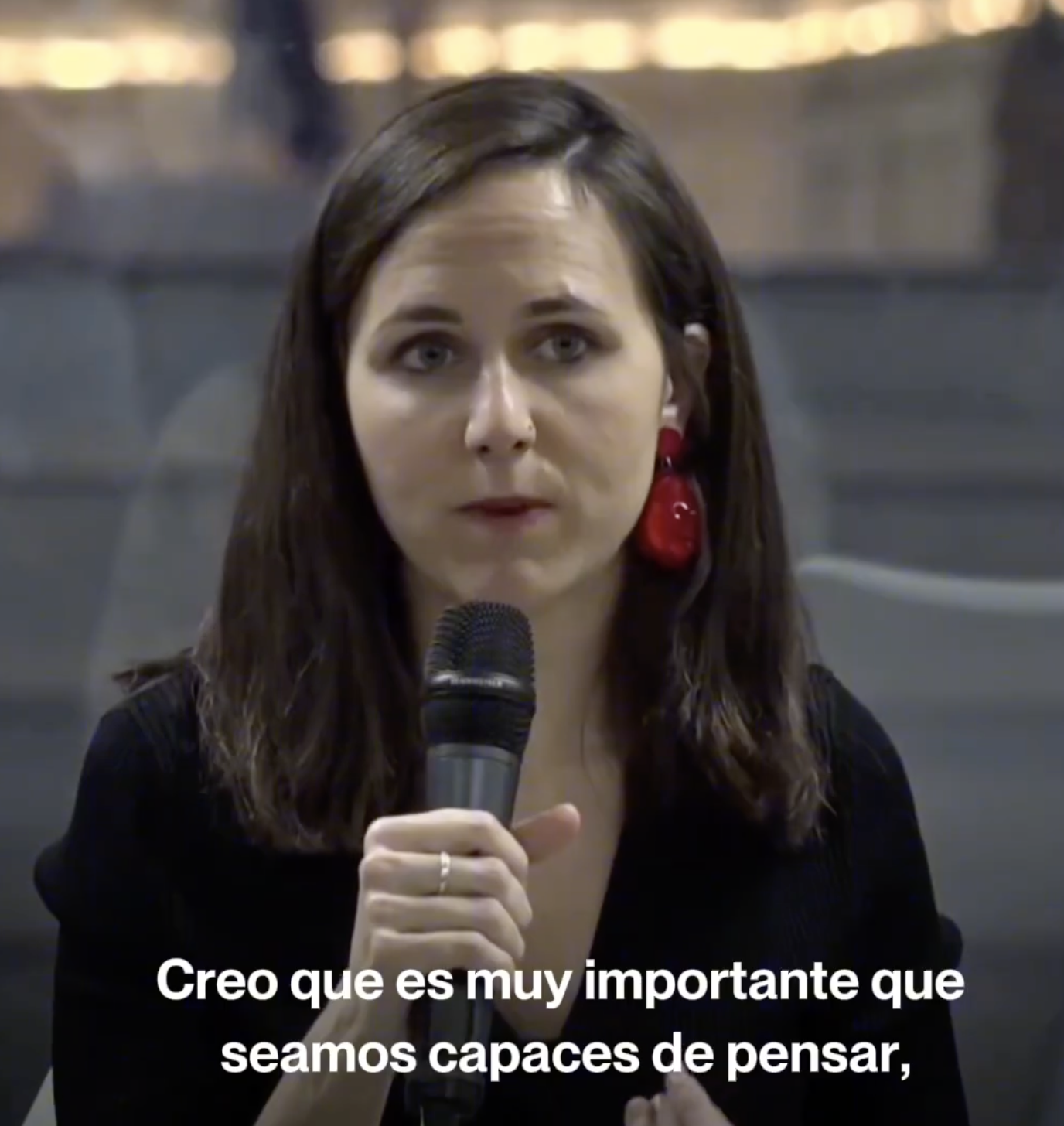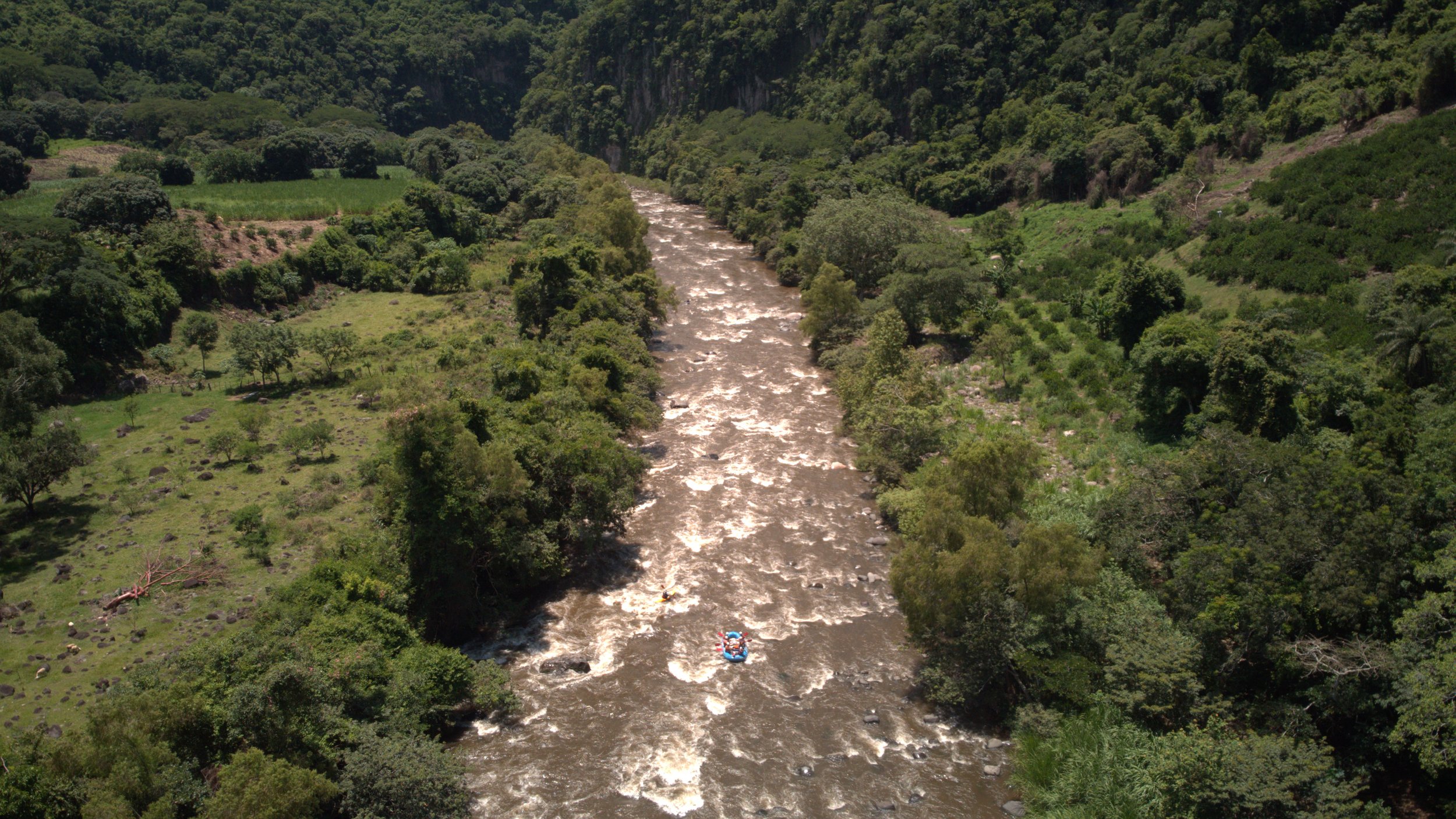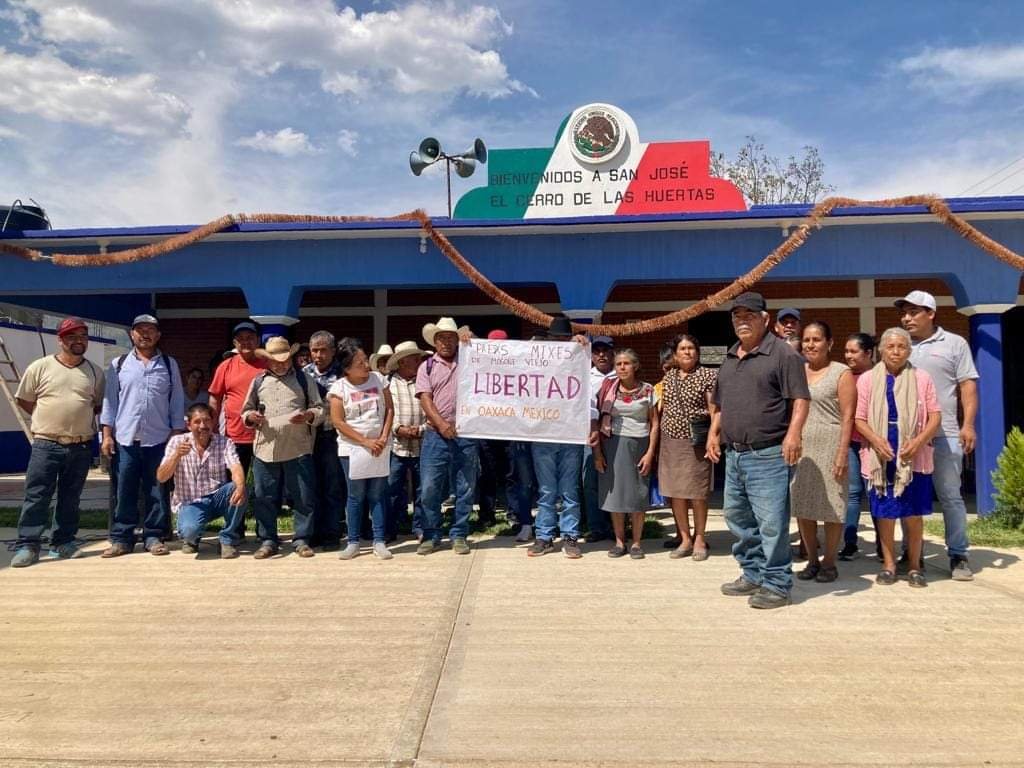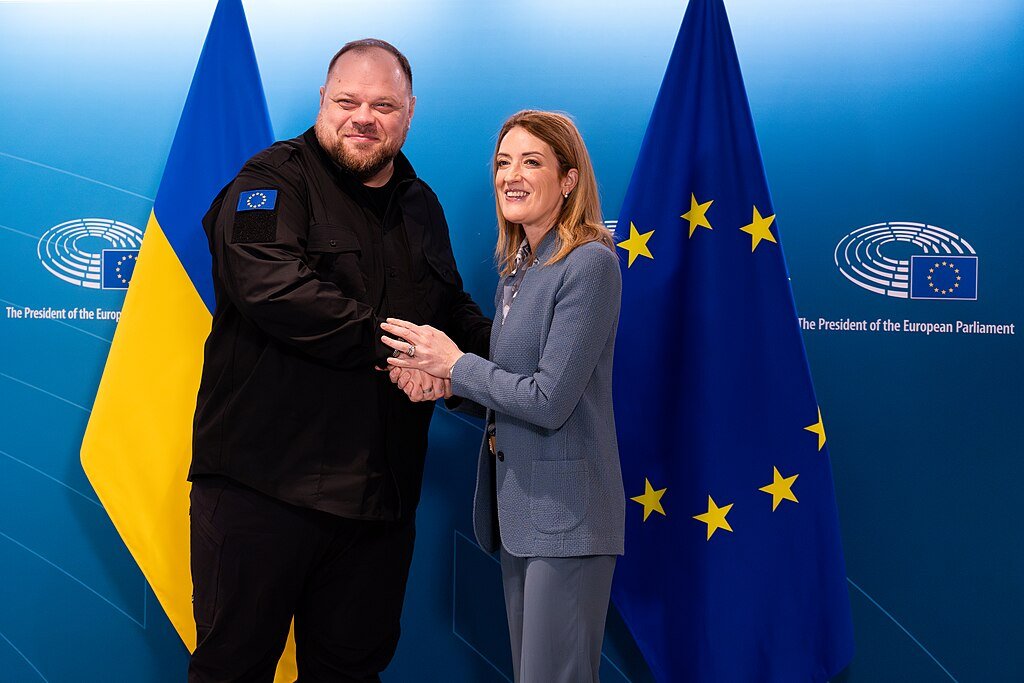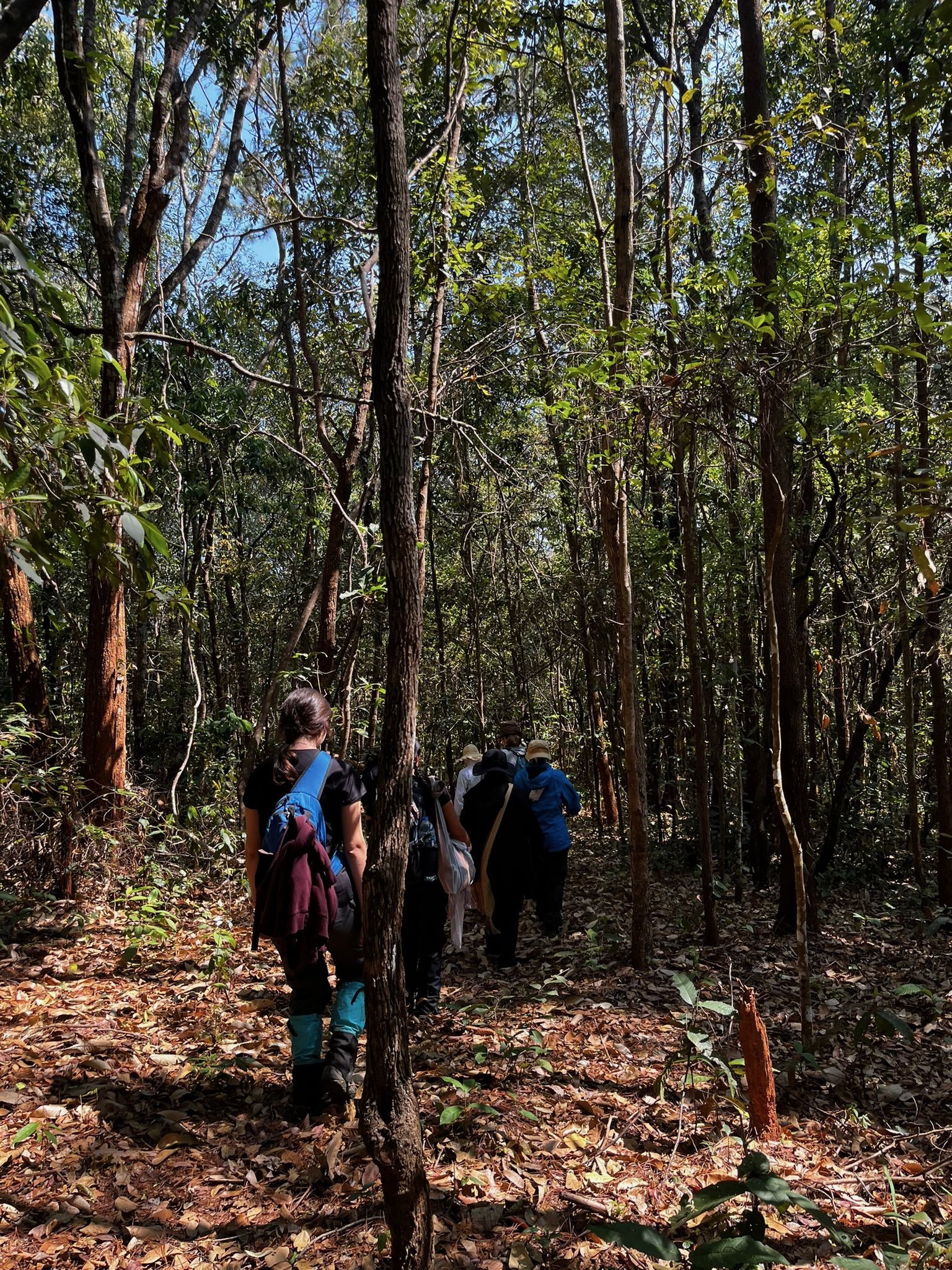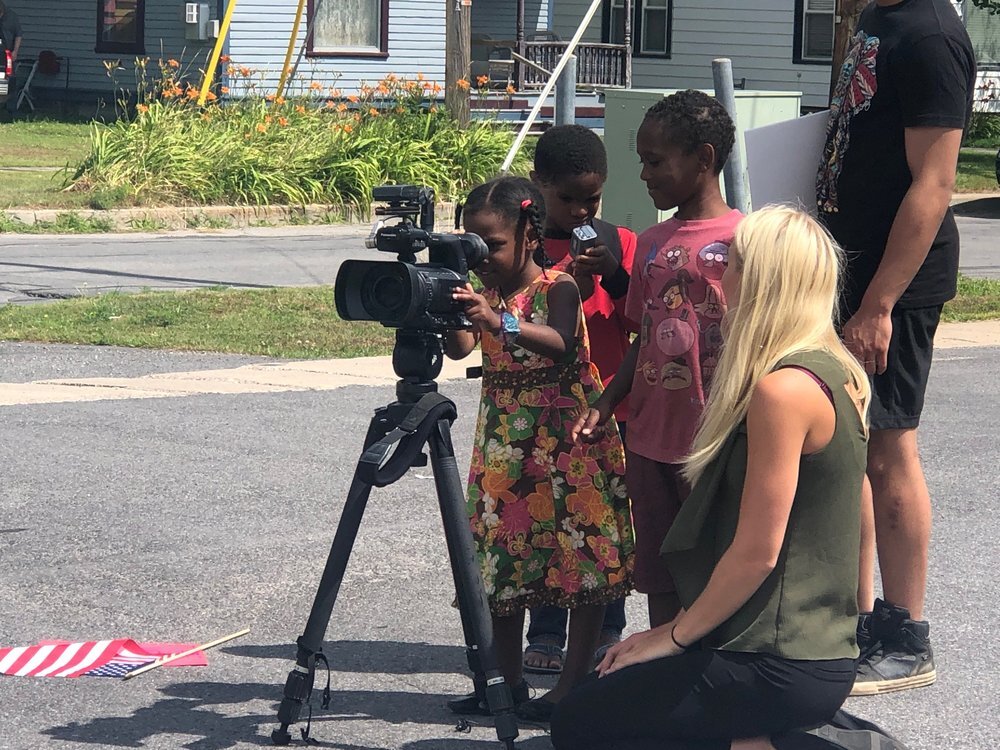
Stories
News

Analysis
Voices
Podcast
Announcements
Events
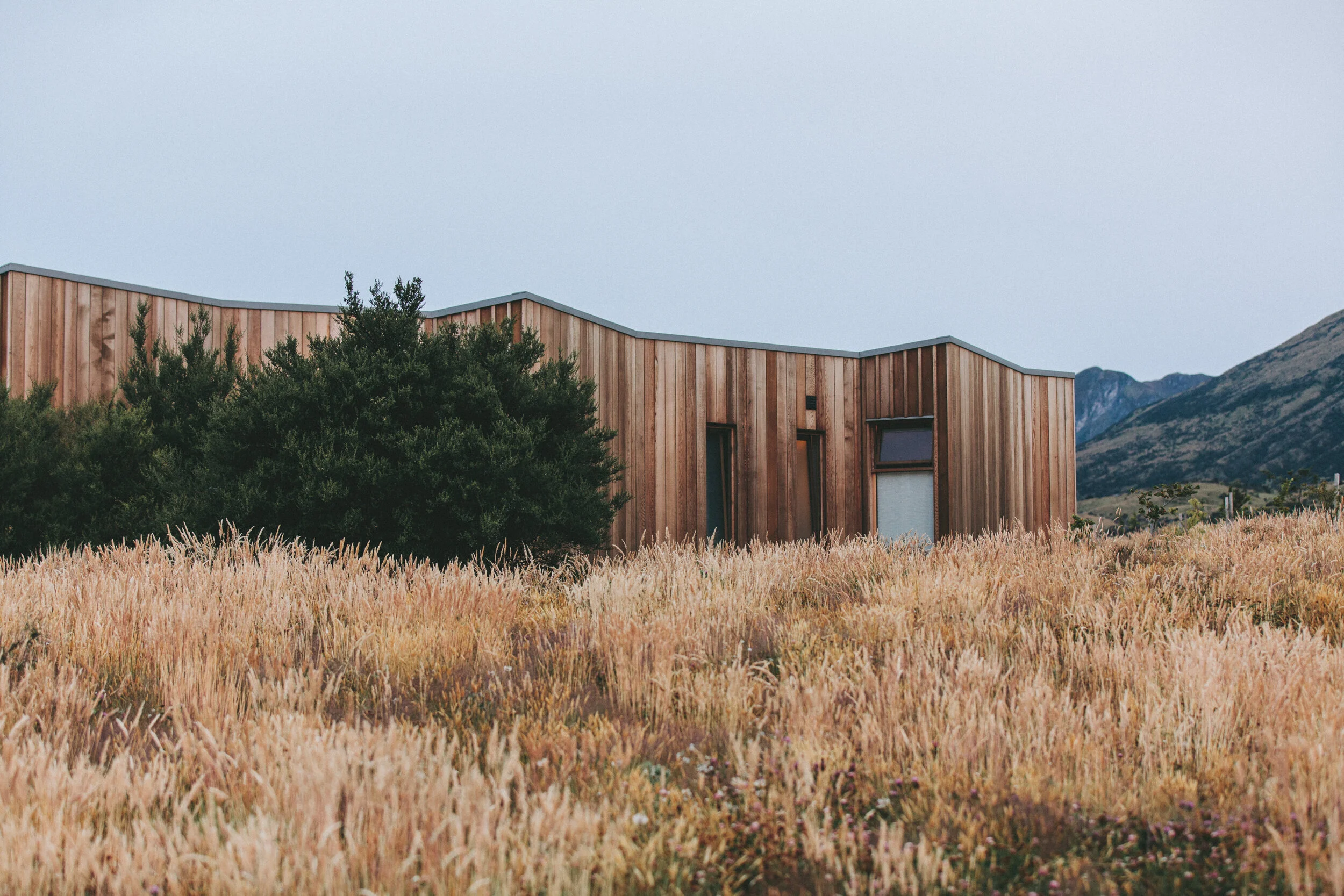
All Stories
Accelerating Extremism: Far-Right Stickers and Billboards
Over Thanksgiving weekend I was making the trek from northern Virginia to New York State’s Capital Region and back. I took two different routes, mainly to avoid tolls on the return trip. On the way back to Virginia, I came across a number of stickers and billboards featuring several unsettling far-right symbols. My investigation into each of them was disturbingly easy; a simple Google search resulted in pages of far-right online content. Although the movement is increasingly based online, the lived consequences are severe. Each of the symbols I witnessed is a tiny signal of the movement’s very serious threat to democracy.
Arabic Calligraphy in Street Art
By Cassandra Kunert
In her third post for our Weaving the Streets series, Cassandra Kunert takes a look at some of the artists who use Arabic calligraphy as a key element of their street art in Beirut and Amman. “Artists like El Qaqa and El Seed have embraced calligraphic tradition and in doing so have enriched the street art scenes in their communities,” she writes. These artists never viewed street art as an imported practice….By using traditional elements in non-traditional ways, El Qaqa, El Seed, and countless others have contributed to the development of unique art scenes that represent pride in their identity while also showing great respect for their community’s artistic heritage.”
Amman: A Blank Canvas For Public Expression
By Cassandra Kunert
In her second contribution to our Weaving the Streets series, Cassandra Kunert checks in from Jordan’s capital, Amman. “While the street art movement in Amman is only beginning to emerge, the artists have taken the blank canvas of the city to express both the personal and the public,” she writes. “Inshallah, in the years to come they will continue using public spaces for artistic expression.”
Expressing Unity and Revolution: Lebanon 2019
By Cassandra Kunert
In her first installment for our Weaving the Streets project, Cassandra Kunert reports on what she observed when she went to Beirut, Lebanon, in search of street art - only to find a city whose population was rising up in huge numbers against the existing political and economic order.



